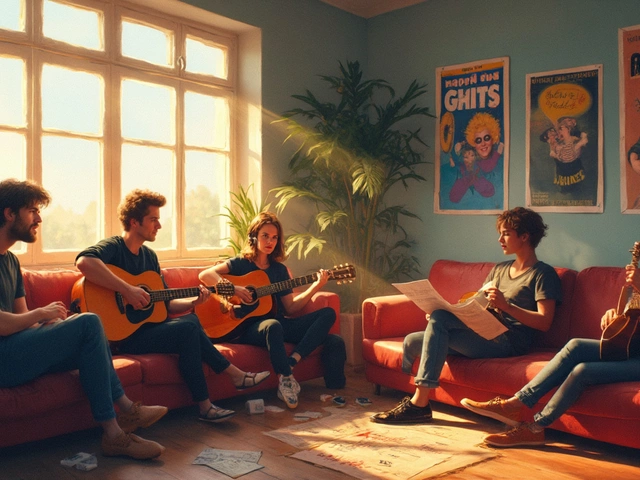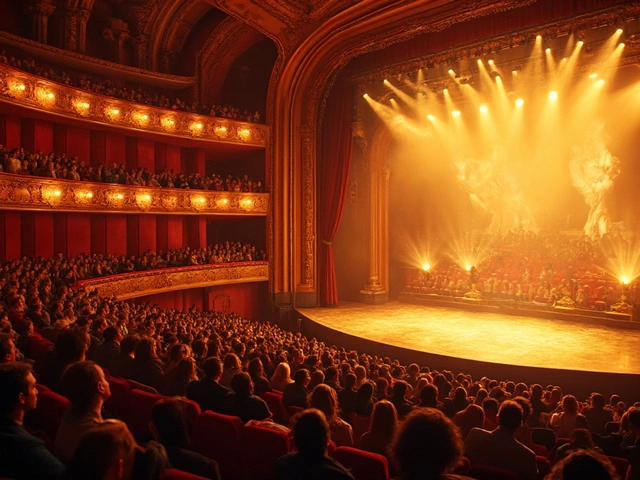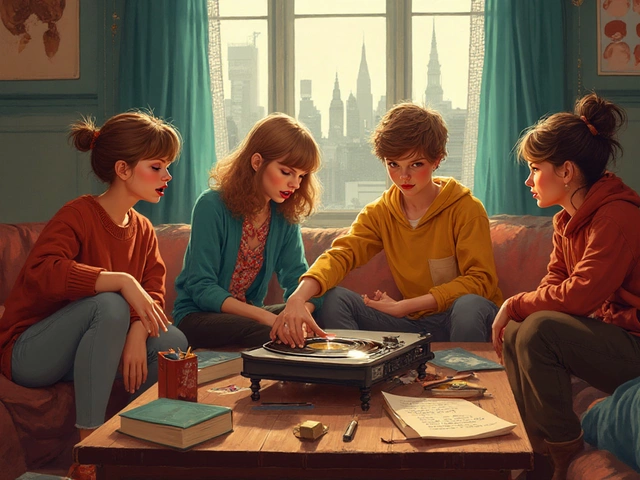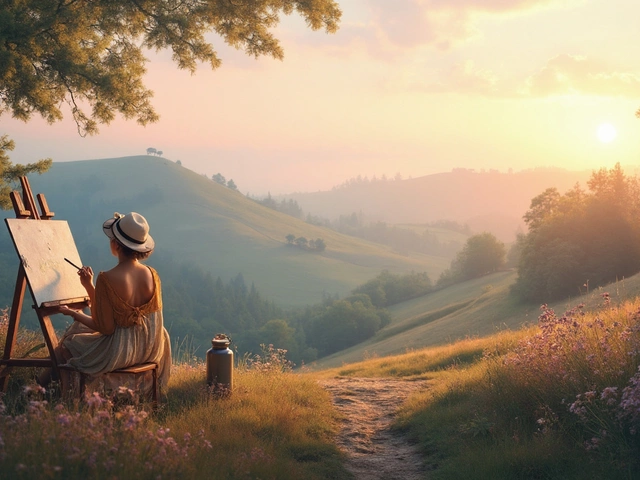Michelangelo – The Renaissance Visionary Who Still Inspires Today
When exploring Michelangelo, the Italian Renaissance polymath renowned for sculpture, painting and fresco work, you instantly hit the crossroads of art history. Also known as Renaissance, a cultural rebirth that spanned the 14th to 17th centuries across Europe, his output set the bar for what artists could achieve with marble and pigment. His most celebrated projects – the marble statue of David, the ceiling of the Sistine Chapel and the frescoes of The Last Judgment – illustrate how sculpture, the art of shaping three‑dimensional forms from stone or metal and fresco, a technique of painting on fresh plaster can work together to tell powerful stories. This blend of media, skill and vision still shapes how museums, schools and creators talk about the Michelangelo legacy today. Carving, the process of removing material to reveal a form was his primary language in sculpting David, showing that a single block of marble can hide a dynamic human figure waiting to emerge. The same discipline appears in his brushwork: the wet‑plaster technique forced him to plan each segment meticulously, a lesson in timing that echoes in modern digital pipelines where layers must be locked before rendering. In short, Michelangelo’s practice links the physical act of creation with a deep intellectual blueprint, a formula that still fuels artists across centuries.
How Michelangelo’s Mastery Connects to Modern Practices
Understanding Michelangelo isn’t just about admiring old marble; it’s a roadmap for anyone who wants to blend technique with storytelling. The way he carved David from a single block shows how carving, removing material to reveal form demands both physical strength and a clear mental image – a principle that still guides contemporary sculptors using stone, wood or digital 3‑D printing. Likewise, his frescoes required precise timing because the pigment had to bond with wet plaster, a lesson that echoes in today’s digital art where layers must be “locked in” before the canvas dries. Modern creators who dabble in “digital fresco” or VR environments often cite Michelangelo’s bold composition and dramatic lighting as a template for immersive experiences. Even abstract painters pick up his sense of movement; the swirling clouds of The Creation of Adam can be broken down into simple shapes that abstract artists reuse to convey tension. His study of anatomy, visible in every muscle of the Pietà, still informs figure drawing workshops and 3‑D character rigs used in animation. The harmony he achieved between figure and background in the Sistine ceiling also teaches graphic designers how to balance foreground elements with complex backdrops without losing focus. In short, the same concepts of balance, anatomy and narrative that Michelangelo refined continue to influence everything from high‑tech installations to classroom curricula in art history.
Below you’ll find a curated set of articles that dive deep into the topics Michelangelo touched – from monetizing digital art and mastering landscape composition to exploring the rules behind abstract creations and the anatomy of sculpture. Whether you’re looking for practical tips on turning drawings into digital pieces, want to understand why people appear in landscape paintings, or are curious about the economics of museum exhibitions, this collection gives you a broad but focused look at how the spirit of Michelangelo lives on in today’s art scene. Let’s jump in and see how the past fuels the present.
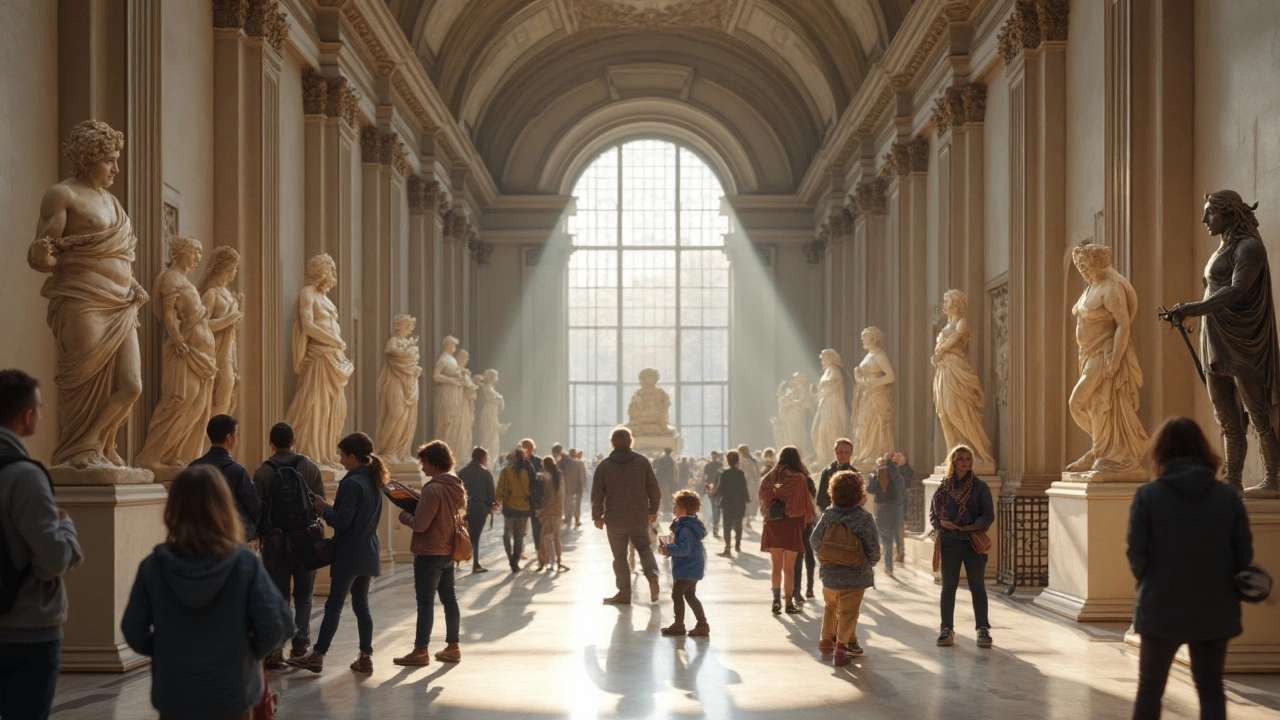
Curious about who stands as the most famous sculptor in history? This article cuts straight to the heart of the debate, looking at giants like Michelangelo and Rodin, then compares them to bold modern artists. Readers get clear answers, plenty of fun facts, and tips for spotting truly great sculpture, whether you're a museum rookie or an art lover. Find out how these sculptors shaped the world around them—sometimes literally. We also look at how their fame grew and why their art still matters today.
